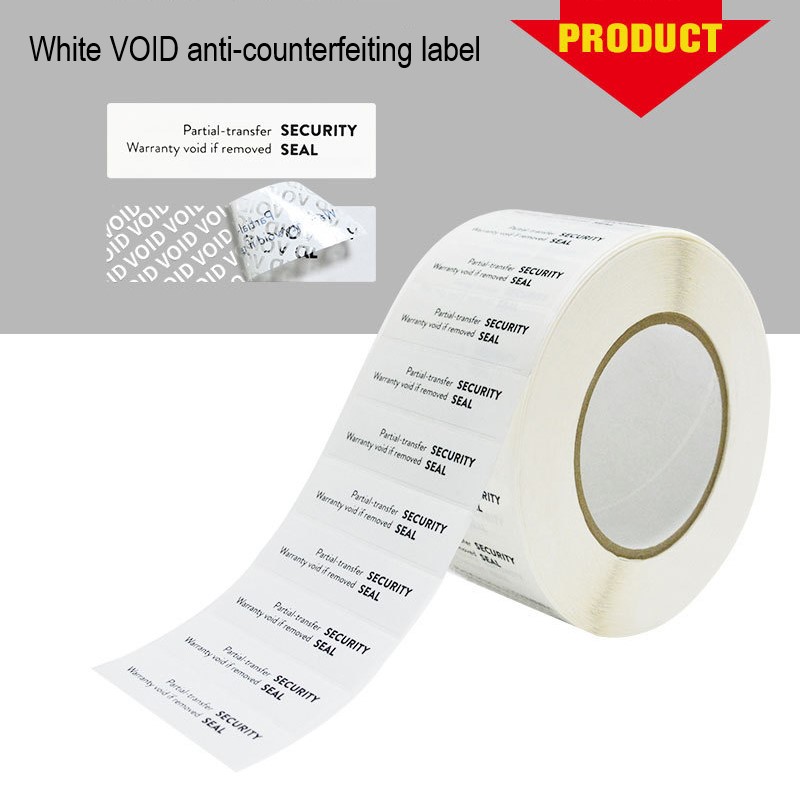High-Temperature Label Material Manufacturer
In the vast and diverse world of sticker label manufacturing, one specialized area that has gained significant importance is the production of high-temperature label materials. These materials are designed to withstand extreme heat conditions, making them crucial for various industries such as automotive, aerospace, electronics, and more. In this article, we will explore the significance of high-temperature label materials and the role of manufacturers in meeting the industry's demands.
The Importance of High-Temperature Label Materials
High-temperature label materials play a vital role in industries where exposure to extreme heat is a constant challenge. Traditional labels may fail to adhere or maintain their integrity under high-temperature conditions, leading to readability issues, loss of information, and potential safety hazards. Therefore, the demand for labels capable of withstanding extreme temperatures has grown exponentially.
These specialized labels are engineered to endure intense heat, ranging from 300 to 1000 degrees Celsius, without compromising their adhesive properties or print quality. They are designed to resist melting, discoloration, and deformation, ensuring that critical information remains intact and legible even in the harshest environments.
The Role of High-Temperature Label Material Manufacturers
High-temperature label material manufacturers play a crucial role in meeting the specific requirements of industries that rely on labels capable of withstanding extreme heat. These manufacturers employ cutting-edge technologies and extensive research to develop materials that can endure the most challenging conditions.
One of the primary considerations for manufacturers is the selection of suitable base materials. They carefully choose substrates with high-temperature resistance, such as polyimide, polyester, or ceramic materials. These substrates possess exceptional thermal stability, ensuring the labels can maintain their integrity even when exposed to extreme temperatures for prolonged periods.
Additionally, manufacturers focus on developing robust adhesive systems that can withstand high temperatures without losing their bonding properties. Specialized adhesives, often based on silicone or acrylic formulations, are chosen for their ability to maintain adhesion under extreme heat conditions. These adhesives are engineered to resist thermal degradation, ensuring the labels remain securely affixed to the intended surfaces.
Manufacturers also invest in advanced printing technologies to ensure the labels' print quality remains uncompromised. Thermal transfer printing, digital printing, and screen printing are commonly employed methods to achieve durable and high-resolution labels. These printing techniques allow for the inclusion of barcodes, serial numbers, logos, and other essential information on the labels, enabling efficient tracking and identification even in high-temperature environments.
Meeting Industry Standards and Regulations
High-temperature label material manufacturers understand the importance of complying with industry standards and regulations. They ensure that their materials meet the stringent requirements set by regulatory bodies and industry organizations. These standards often include factors such as flame resistance, smoke generation, and toxicity levels to ensure the labels' safety and reliability.
By adhering to these standards, manufacturers provide their customers with the assurance that their high-temperature labels are not only capable of withstanding extreme heat but also adhere to the necessary safety guidelines. This is particularly important in industries where human safety and asset protection are paramount.
Conclusion
In conclusion, the production of high-temperature label materials is a specialized area within the sticker label industry. These materials play a critical role in industries where exposure to extreme heat is a constant challenge. High-temperature label material manufacturers employ advanced technologies, select suitable substrates, develop robust adhesive systems, and utilize sophisticated printing techniques to meet the demands of these industries. By ensuring compliance with industry standards and regulations, manufacturers provide labels that are not only capable of withstanding extreme temperatures but also meet the necessary safety requirements. As industries continue to rely on high-temperature labels, manufacturers will play a vital role in meeting their evolving needs and ensuring the integrity and readability of critical information even in the harshest environments.
We offer comprehensive technical support, including free professional labeling solutions, advice on label materials and adhesive selection, as well as online/offline assistance from professional software and hardware engineers. Service email: andy@ownlikes.cn. In pre-sales, we leverage our extensive experience in specialty labeling projects to provide clients with the most suitable hardware solutions. Additionally, all our label barcode printers and scanners come with a three-year free warranty, demonstrating our confidence in our products.






This site is protected by reCAPTCHA and the Google Privacy Policy and Terms of Service apply.